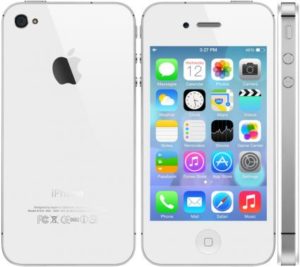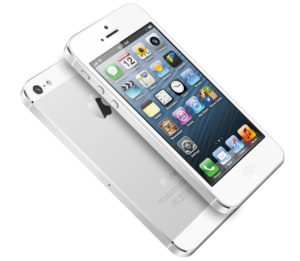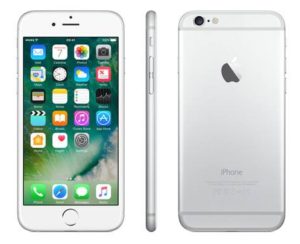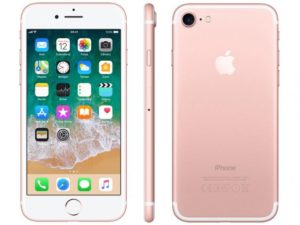Remembering AntennaGate
iPhone 4 Antenna Problems
Remember Antennagate? In 2010, with the release of the revolutionary new iPhone 4 came problems with the new external antenna. This antenna consisted of a metal band which wrapped around the outer sides. A gap between the metal pieces of the antenna, when bridged by the user’s hand, would cause the antennas to detune and degrade performance. Sometimes the calls dropped due to the signal loss.
The actual cause of the “problem” was the novel antenna design: an external metal band that wrapped around the edges of the phone antennas, broken by a gap into two different sections. One section was used for the GSM cellular receive/transmit, the other for WiFi, Bluetooth, and GPS. Connecting the two antennas by gripping them both at the same time with your hand caused capacitive coupling which de-tuned both antennas. A class-action lawsuit was brought against Apple over “Antennagate,” and buyers of the iPhone 4 were given the option of a free rubber bumper that would protect the antenna from a user’s hand or a check for $15.
This problem exists to some degree in all phones with or without internal or external antennas. Just putting the phone up near your head will de-tune all antennas somewhat. If you are actually putting your hand on the antenna as in the case of the iPhone 4, it will likely de-tune it even more. Stuart Sanders, Principal RF Engineer at Sanders RF Consulting LLC, was quoted in an article in WirelessWeek.com where he discussed public perception versus reality regarding this topic. He argued that were it not for the high profile of the device, and the Apple promotions extolling the design of the external antenna, the issue might have gone unnoticed. He said, “If I had to put my hand in a big mitten and then hold the phone six inches from my head in order to make a call, then it would be a problem.”
iPhone 5 Antennas
The iPhone 5 antenna was significantly modified– the cellular antennas were split for GSM and the new CDMA cellular radio, and only the strips of the metal running across the top and bottom of the phone were used for the cell antennas, making them less susceptible to detuning. The Bluetooth, Wifi, and GPS antennas were located inside the phone, radiating out through the glass at the top and bottom of the phone. This eliminated the need for a bumper.
iPhone 6 Antennas
On the iPhone 6 model, there appear to be two antenna gaps/loops that run across the back, top, and bottom of the phone. So it seems Apple moved all the antennas inside the phone. These new gaps are used to let the RF signals radiate out of the phone. Testing indicates that if you are left-handed, your cell performance will be worse than if you are right-handed. Such a curious result implies that cellular antennas in the iPhone 6 radiate more from one side of the phone or are detuned more when one side of the phone is touched. Apple’s antenna performance also did not test as well as some of its competitors.
iPhone 7 Antenna Redesign
For iPhone 7, the gaps across the back of the phone remain. Apple removed the loops, with only one opening up above the camera and one down by the connector, leaving a mostly smooth metal back. The aesthetics of the iPhone 6, marred by the plastic gaps, were improved in the iPhone 7 to appease those unhappy with the loss of the clean design. And since iPhone 4, Antennagate-type issues have ceased, and no associated bumpers released. Apple stayed with the current idea of gaps across the back, with the internal antennas located even further away from spots where the user’s hand will bridge or block the gaps.
iPhone 8 Speculation
Hopefully, iPhone 8 will address this antenna issue in a similarly successful manner. Rumored to have a screen that goes flush to the edges, this may impact an antenna that runs along the edges of the phone. Apple also has applied for a patent for a new composite metal material that looks and feels like anodized metal, yet allows RF signals to pass through. If this material works, the Apple iPhone 8 may be the first phone since the plastic-backed iPhone 3 with no gaps.
Need Antenna Design Assistance?
At Sanders RF, we have industry experience with cellular telephones and many other types of antennas. If your company is having antenna design problems, please contact us at Sanders RF Consulting.




